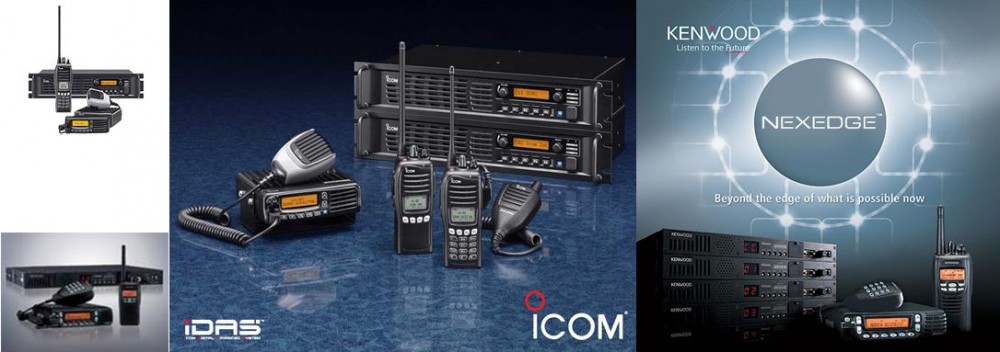If you’re in the market for a hotspot to use on NXDN, consider your choices carefully, as not all of them are fully compatible with NXCore.
NXDN users should consider one of the Pi-Star/MMDVM-based models. These devices are fully compatible with NXCore, and you will be heard both by other hotspots, and by repeaters connected to NXCore. Just be sure your hotspot hardware supports the NXDN mode, and that your radio and hotspot are configured for RAN code 1. While most newer devices support NXDN, there is some older hardware that doesn’t recognize the mode.
The use of OpenSpot devices is not recommended. The designers of the OpenSpot have not configured their software to interact with the NXCore server, and they have not expressed any interest in doing so. As a result, OpenSpot users will be heard by other hotspots, but not by connected NXDN repeaters. This causes repeater users to only hear half a conversation, or nothing at all. For this reason, we ask OpenSpot users to refrain from using any repeater-connected talkgroups, such as 1200, 65000, 505, and others.
We have also seen an increase in the number of users of smartphone apps, such as DroidStar. Although they have the potential to be convenient as a last resort, they tend to cause disruption on the network, either through users not properly unkeying at the end of a transmission, or transmitting with poor sound quality. Further, the app developers have not provided a space for a user to enter a valid NXDN ID number, so all users display an incorrect ID when transmitting. Again, the burden is on the app developers to make their products work more harmoniously with established repeater linking networks.
For these reasons, we also discourage the use of cell phone apps for interacting with NXCore. We encourage all users to access our network through NXDN repeaters where they exist, or through a compatible hotspot where they don’t. Either way, you’ll be using amateur radio spectrum to use NXCore, and its network of connected repeaters and reflectors.
